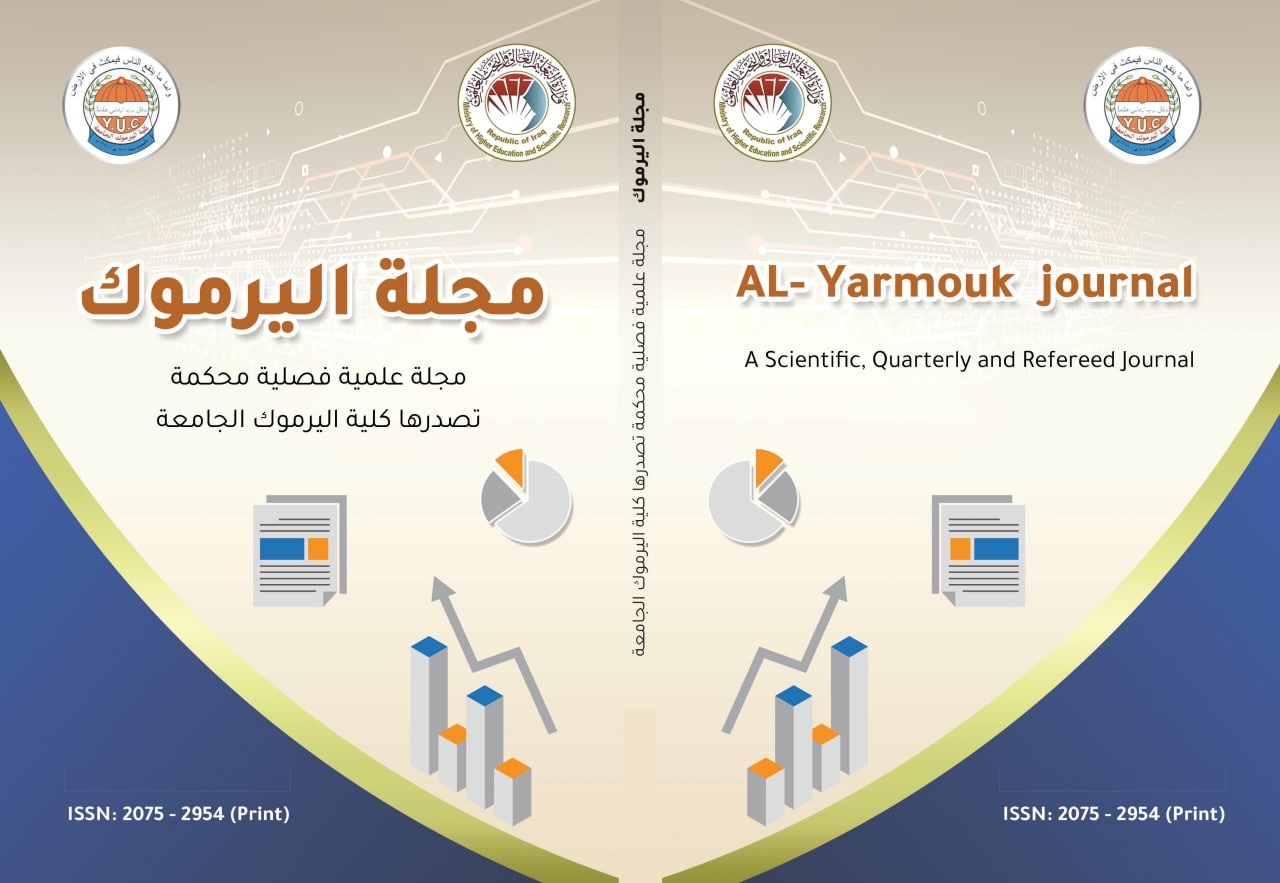Bioaccumulation and toxicity of titanium dioxide nanoparticles after oral ingestion to male mice
Abstract
Titanium dioxide nanoparticles (TiO2 NPs) are considered one of the top five nanoparticles used in consumer products. In the present study, male albino mice were used to estimate the effect of (TiO2), using two doses (150, 600) mg/kg. The groups were divided according to the time of exposure (one, fourteen, thirty day), control. The result showed significant increase (p≤0.05) in White Blood Cell (W.B.C); Mean Cell Volume (MCV); Mean Cell Haemoglobin Concentration (MCHC), Mean Cell Haemoglobin (MCH) and Platelets (PLT), and a significant decrease in Red Blood Cell (R.B.C.) and Haemoglobin (Hb) after thirty day of exposure. However biochemical parameters include AST peak highest mean value after fourteen day of exposure to the dose (600 mg/kg), while ALT and ALP significantly increased and decreased, respectively. Creatinine and uric acid rose sharply while urea, cholesterol, HDL and LDL decreased. Intra-gastric exposure caused high accumulation in kidney, spleen and liver respectively. In general the doses used caused histological alteration, such as congested dilated portal tract with heavy inflammatory cells infiltration and dilated central venule and glomerular congestion, tubular congestion, atrophy, chronic inflammatory cells infiltration and dilated tubules with flat atrophied lining epithelium of kidney. It is an indication of the different degree of organ injury due to the toxicity of NPs.





